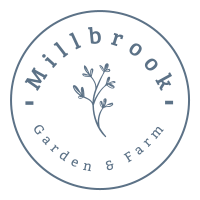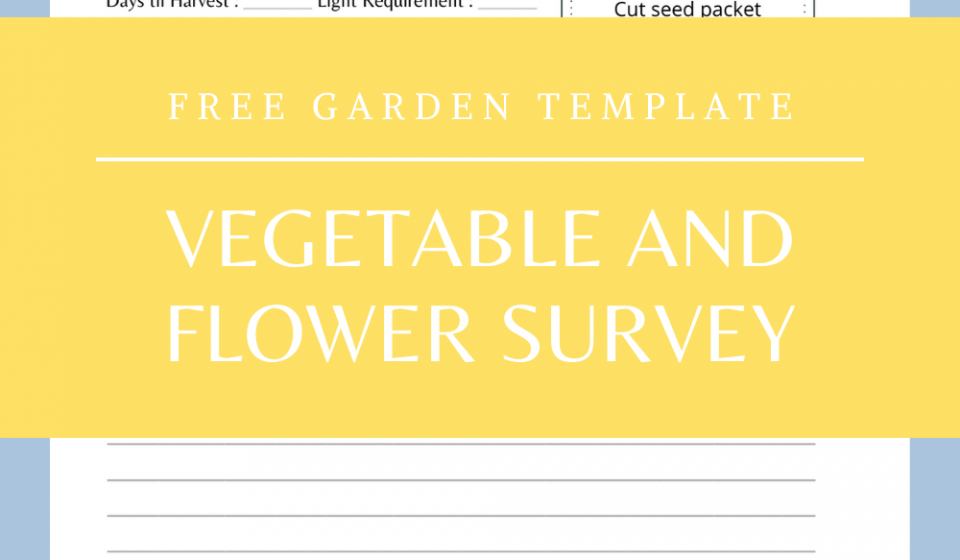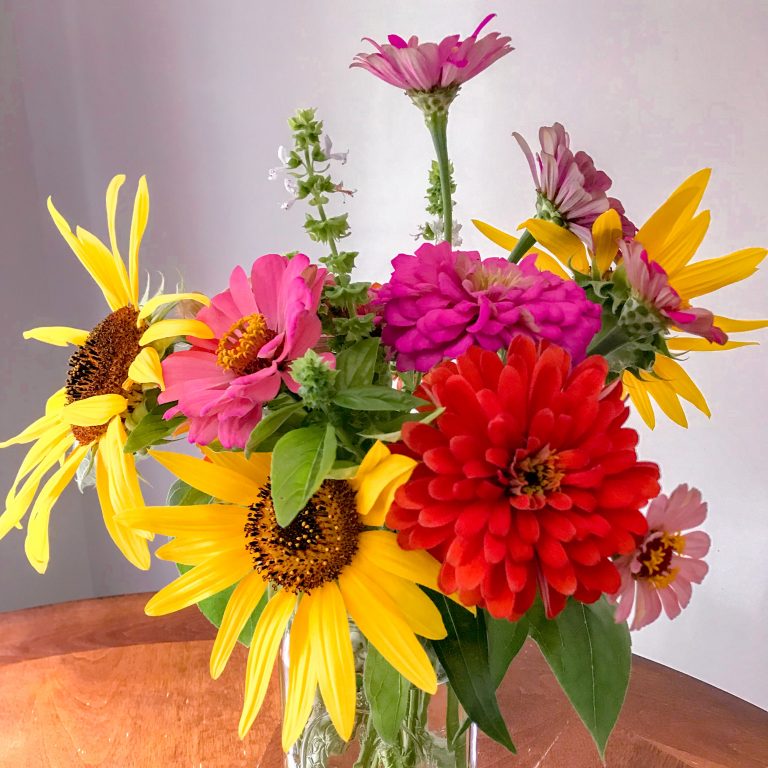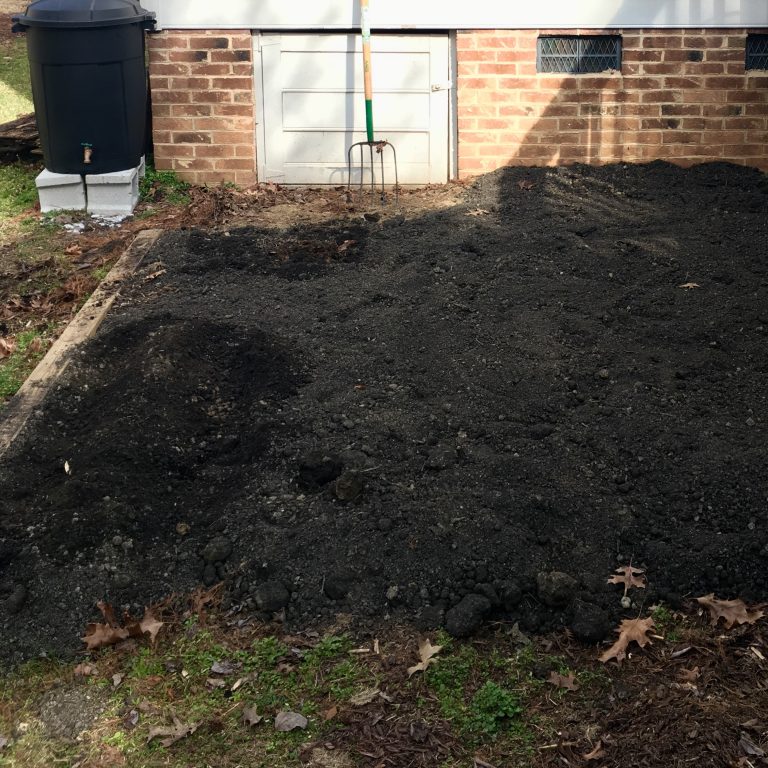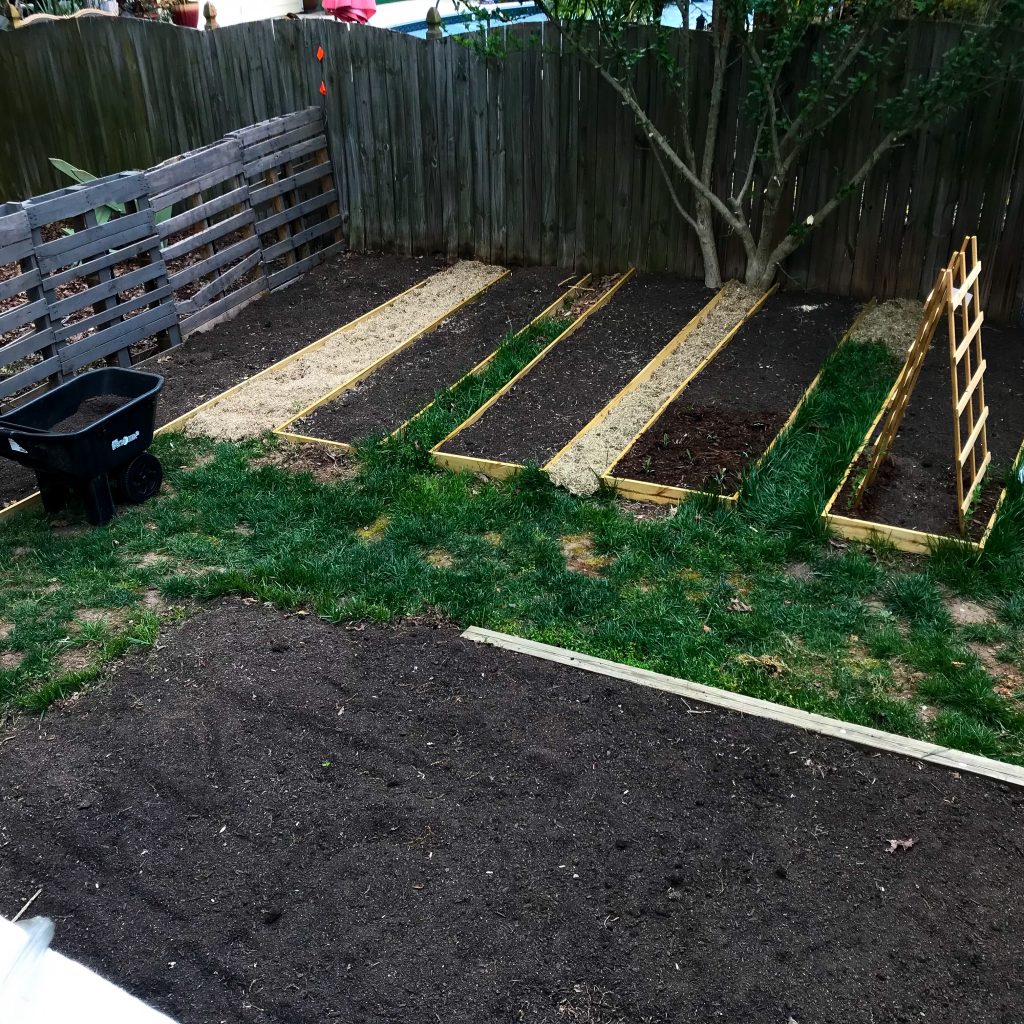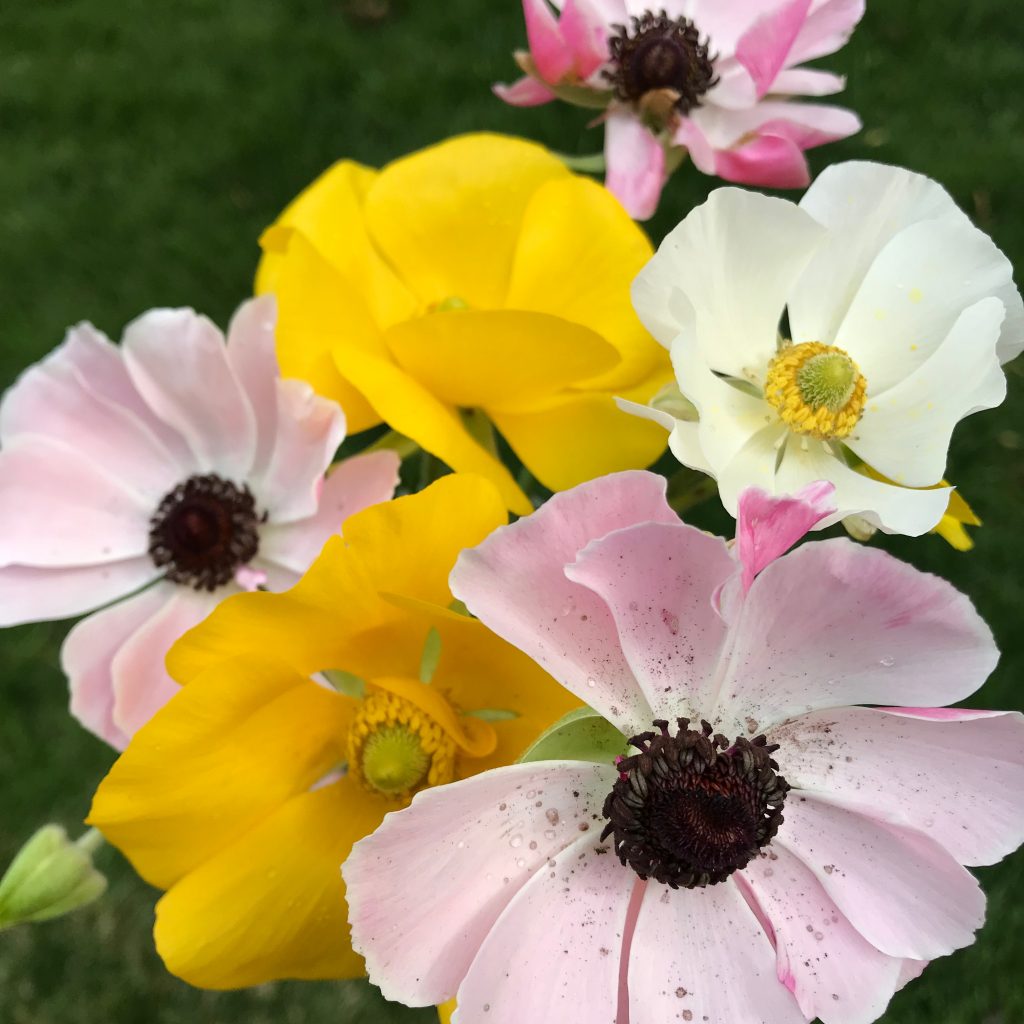Finally some extra time
Most gardeners only believe there’s a three month window to grow their fair share of veggies for the year. I was certainly one of those people until I realized vegetables can be grown almost year around! You don’t need a greenhouse to stock your fridge of home grown produce, all you need is the right information and seeds to get you there! Fall gardens are a wonderful and surprisingly overlooked aspect of the home garden. If you are like me, some of your favorite vegetables actually do best in fall gardens. Here is what I am planning for this season.
The Lineup
+ Dwarf Curly Kale & Dinosaur Kale (my favorite veggie)
+ Broccoli
+ Lettuce: Butter, Asian greens, Romaine, Salad Bowl mix
+ ‘Short n Sweet’ Carrots & Scarlet Nantes Carrot
+Zucchini
+ Peas
+Green beans
+Pickling Cucumbers
Disclaimer: I did not go and buy all of these seeds. You shouldn’t either. Most of these were gifted to me as “here can you grow these for me?” presents. I recommend you start with a few (4 or less) vegetables and one or two varieties. Find what you liked about this seasons produce and improve the lineup for next year.

Riding the Wave
How am I growing these all at once? Good question. I’m not. Instead, I am doing a little thing called succession planting. What is succession planting? It’s when you divide your harvesting time by sowing your seeds in intervals. The kale, broccoli, and peas have succession planting about 2-3 weeks part. This allows me harvest continually throughout the season instead of a gigantic rush of produce for ten days then nothing until spring. Due to the wide array of lettuce varieties this season, I will not have to succession plant any because they have different maturation dates. The carrots can be pulled out of the ground when I choose and have a long shelf life. The zucchini, peas, and cucumbers will be a one-and-done plant for the season. The most important part of a fall garden, or any garden, is to space out the harvest dates for your vegetables. There’s only so much lettuce you can eat in a week.
Before you get started...
Find vegetables and varieties that work for you and your family. Grow favorites and popular vegetables that most will enjoy. I also challenge you to grow something you might not care for, you’d be surprised the difference a home grown veggie makes. Start simple and with a few solid varieties. Once you get comfortable and experienced with growing cool season crops, venture to more advanced produce.
Raleigh falls into zone 7 on the climate map for the US. If you don’t know your climate zone, find out your hardiness zone with this chart below. The dates to plant a garden vary between climates. For some, it might be too late to plant. For others, you might be able to get away with cold tolerant varieties or plugs from the local garden center.

https://planthardiness.ars.usda.gov/PHZMWeb/ – Link to the USDA website for climate hardiness ch
